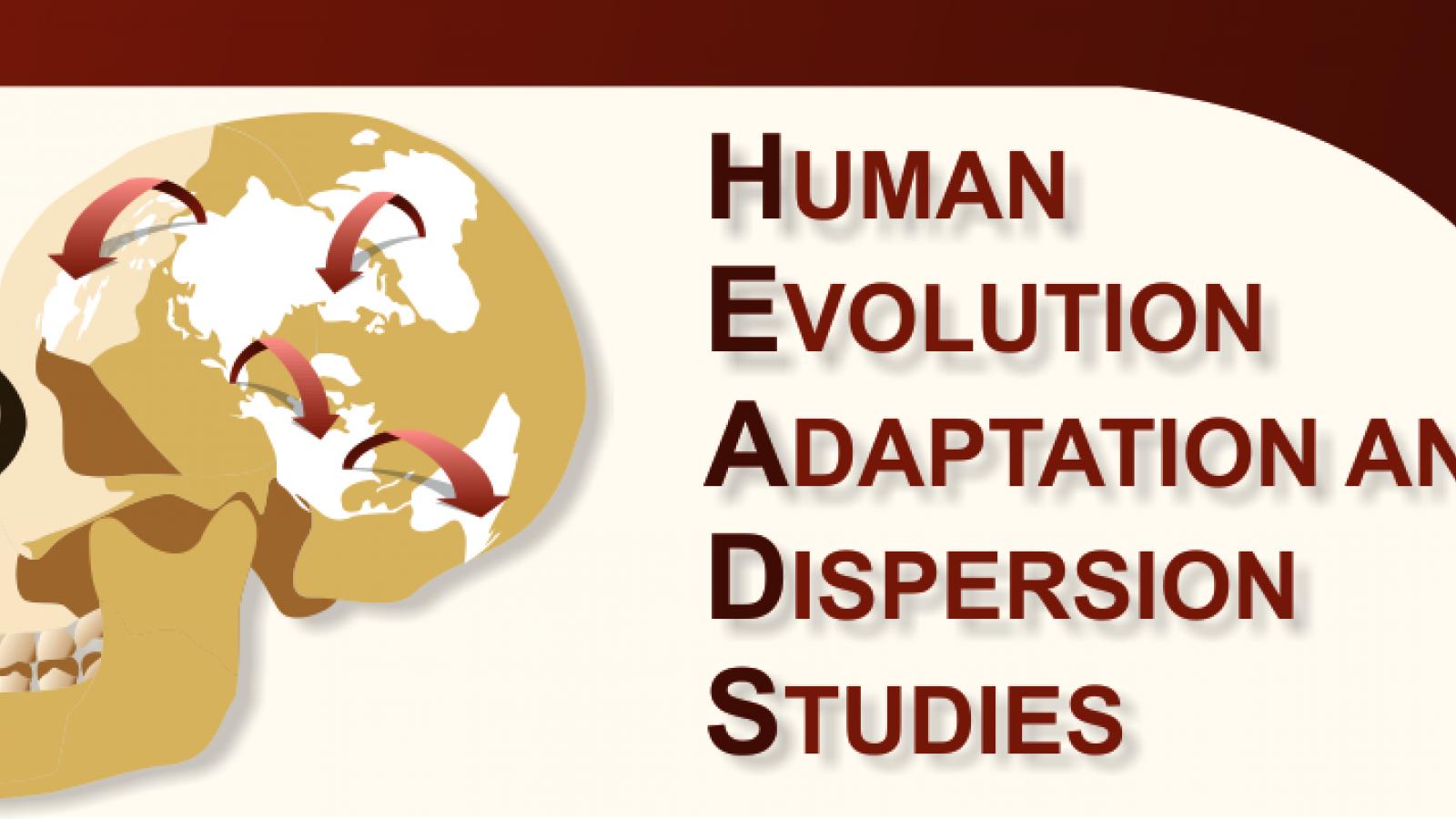Laboratories and Research Groups
The department of anthropology hosts numerous laboratories and research groups, accommodating the needs of a wide range of research interests, including plant, animal, human remains, and fossils from archaeological and paleontological settings, and research questions that focus on the diversity of human and primate biology, cultures and behaviors. The list of links to the right provide more information about each.
Laboratories
BARL Facilities, Equipment, and Other Resources
The Bioarchaeology Research Laboratory is a large, shared laboratory space for research programs in bioarchaeology and skeletal biology. The main laboratory space includes a sink with a hazardous waste trap, fume hood, eyewash station, burn cabinet for storage of contain hazardous chemicals, and a whiteboard. The main laboratory space also includes two large central laboratory benches that can seat eight workers each. A long laboratory bench provides workstations for several microscopes and a desktop computer. Cabinets underneath these benches are used to store equipment for sample preparation and microscopy. Six glass cabinets extend above this long counter and provide space for laboratory equipment and microscopic slide storage. Three cubicles with desks each house a dual-screen desktop computer and provide workspace for graduate students and visiting researchers. Beyond the cubicles, floor-to-ceiling metal cabinets provide storage space for research materials. A smaller room is adjacent to the main laboratory space and primarily houses workspace for visiting researchers, students, and faculty personnel. The room houses an extensive dental cast research collection (Renee M. Menegaz-Bock Dental Anthropology Collection). There are three primary office spaces for graduate students, Clark Larsen, and visiting researchers.
Modern Humans Across the Planet
In the last 70 thousand years, modern humans successfully occupied the vast majority of the planet’s environments. The final push to become the most widespread species in the globe started with the departure of humans from Africa during the end of the Pleistocene, and spread across Europe, Asia, Australo-Melanesia, the Americas, and finally Polynesia. By 15 thousand years ago, all the major landmasses in the planet (Africa, Eurasia, Australia and Americas) were occupied by groups of hunter-gatherers specialized in a vast diversity of environments and exploiting many of the ecological niches occupied by humans today. During the last 10 thousand years, significant technological advances tied to the development and spread of agriculture across the planet allowed humans to occupy permanently all but the most remote areas of the planet. This chapter of human history is as complex as it is vast, and has been the focus of study of different scientific fields for centuries. HEADS was created to contribute to this discussion, by bringing together researchers and students focusing on a diversified number of questions related the intricate history of the human colonization of the planet.

